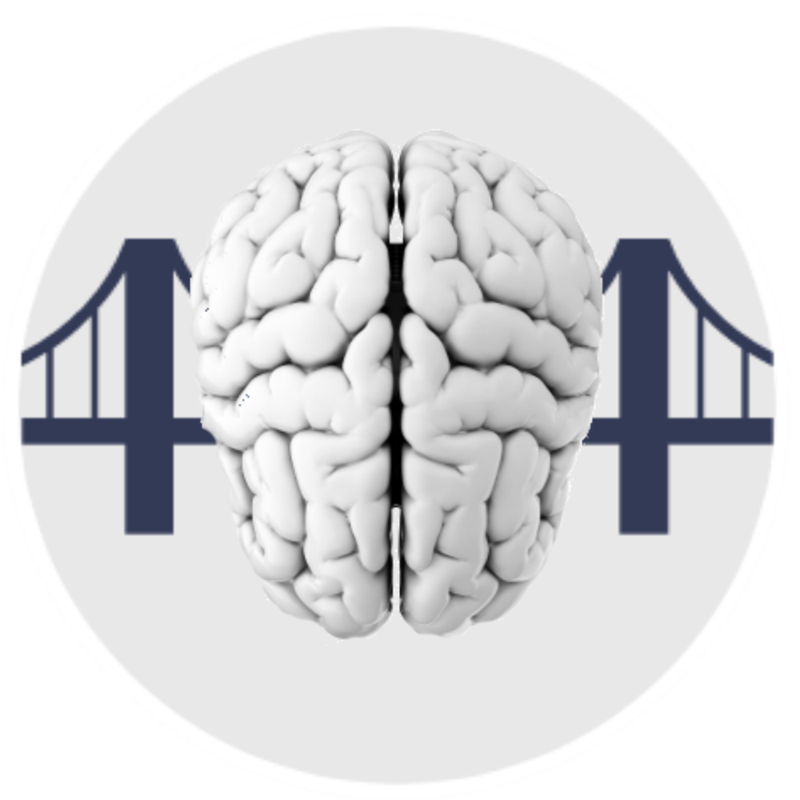Teach your students to TWERC for better learning!
by Janet Zadina on 10/07/19
I will be
speaking to about 1000 students in a big auditorium in a few weeks. As I prepared to write the presentation, I
pondered how I could make the takeaways clear and memorable. Here is an easy way to get students to
remember important steps in learning. They do not have to be done in this
order.
T = Take
Control
You have
heard me emphasize that it is important to teach students how their brain
learns at the beginning of a semester.
One of the purposes of that is to show students that they can change
their brain and their IQ if they take control. Teach them about mindset and that the harder
they work at something, the better they get at it and eventually, due to brain plasticity,
they change their cortex and create neural pathways.
W = Wire
It
Say it with
me – Fire it to wire it!
Based on the Hebbian Law that cells that fire together, wire together,
we know that for real learning – long-term potentiation is the scientific term
– we must fire it until we wire it, which is a catchy way of saying that we
have to keep practicing until we create efficient, fluent neural networks. Explain plasticity and that the new material
must be repeatedly fired, albeit in various ways, until it becomes learned –
the brain changed.
E =
Express It
The brain
has both receptive and expressive pathways and both must
be fired and wired. Reading and
listening are just the passive, receptive pathways. Those are not the strongest for
learning. The expressive
pathways, speaking and writing, must also be fired and wired. These are the pathways they will have to use
for the test or for application. Those
are the pathways they should be using for studying.
R = Recall
It
There are
several types of memory: declarative,
episodic, and procedural.
Declarative is the type of memory involved in most situations in school,
but it is the weakest and hardest to remember.
It is being able to state facts.
If students can utilize the episodic memory system, which is how we
remember our life and things that happen, by creating a story, that could make
a stronger memory. They can activate
procedural memory by physically doing something in steps.
Students
also need to understand the difference between working memory (lasting under a
minute) and long-term memory. They need
to learn that information must be actively encoded
to move from working memory into long-term memory, but that is more than I can
go into in a brief blog.
C=
Connect it
Cells that fire together, wire together. Connect new information to something students already know. You may call this background, schema, or an existing neural network. Build a new network or pathway in the brain by building on prior knowledge. Then when students recall something they already know, they can more easily bring up the new information.
So let’s
get students TWERCing in class for better learning! To inquire about a student presentation or
faculty development on this click here http://www.brainresearch.us/invite.html


